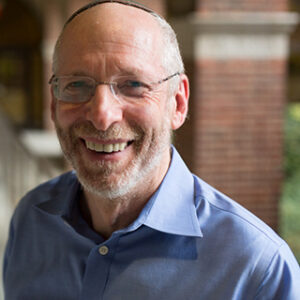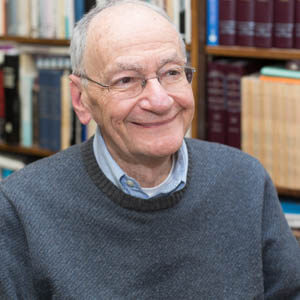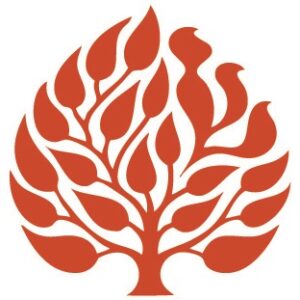
Conquering Our Anger
Aug 31, 2015 By Julia Andelman | Short Video | Rosh Hashanah | Yom Kippur
Read More

The Spiritual Significance of the Sacrificial Cult
Mar 29, 1997 By Ismar Schorsch | Commentary | Shabbat Parah | Tzav
Our Hebrew Scripture is a library of books with many voices, a bracing diversity of literary genres and religious opinions. This is a good week to remind ourselves of that noteworthy fact as we struggle through a double dosage of cultic prescriptions. Our parasha stipulates the tasks incumbent on the priests in administering the sacrifices that ordinary Israelites might offer at the Tabernacle. On top of that, because this Shabbat is the third of the four special Shabbatot leading up to Passover, we are treated to an additional reading dealing with the potion prepared from the ashes of an unblemished red heifer for the purpose of ritual purification.
Read More
4 Cups of Wine
Jan 11, 1997 By Ismar Schorsch | Commentary | Va'era | Pesah
As envisioned by Rabbi Yehuda ben Tema at the end of the second century, the standard curriculum of a young Jew begins with the study of Bible at five, Mishna at ten and Talmud at fifteen. Age thirteen marks the transition to adulthood with the onset of obligatory adherence to the norms of Jewish life. Our parasha offers an instructive example of what this curriculum entailed, and a fleeting glimpse of the nature of rabbinic Judaism as a whole.
Read More
The Fragility of a Nation’s Unity
Dec 7, 1996 By Ismar Schorsch | Commentary | Vayeshev | Hanukkah
Jacob fathered twelve sons, but singled out Joseph for special favor, setting off the family dynamic which would eventually land Jacob’s clan in Egypt. The verbal flow of the text foreshadows the intimacy: as our narrative begins the name of Joseph appears directly after that of Jacob. No extraneous word is allowed to loosen the bond. “These are the begettings of Yaakov. Yosef, seventeen years old, used to tend the sheep along with his brothers (Genesis 37:2 in the translation by Everett Fox).” It is as if the history of Jacob comes down to the fate of Joseph.
Read More
From Behind a Cloud
Mar 9, 2002 By Lewis Warshauer | Commentary | Pekudei | Vayak-hel | Purim
The Book of Exodus ends on a note of triumph. The liberation from Egypt was followed by the giving of Torah and the building and dedication of the Tabernacle. God forgives the Israelites for their sin with the golden calf — and, in the closing lines of the book, God’s presence, in the form of a cloud, comes to rest upon the Tabernacle. Nahmanides, in his closing comment on this, the second book of the Torah, gives it the title: the book of redemption.
Read More
The Power of the Mind Over Reality
Mar 25, 2005 By Ismar Schorsch | Commentary | Tzav
Judaism is a choir of many voices.
Read More
Clothing Without and Within
Mar 3, 2007 By Matthew Berkowitz | Commentary | Tetzavveh | Purim
Clothing offers keen insight in two complementary directions. First, the raiment one wears reveals one’s personality. While a neat, well fitting suit may convey a sense of professionalism and conservatism, jeans and a tie-dyed shirt reflect a casual, relaxed, and liberal sense of self. And just as clothing offers an allusion inward, so, too, does it give us a sense of what is transpiring around us. A kittel (a white ritual robe worn at liminal moments) or tallit (prayer shawl) signals a moment of prayerful reflection; tuxedos and gowns tip us off to a wedding reception; and black garments often represent mourning. Thus, clothing is a mark of the internal as well as the external.
Read More


